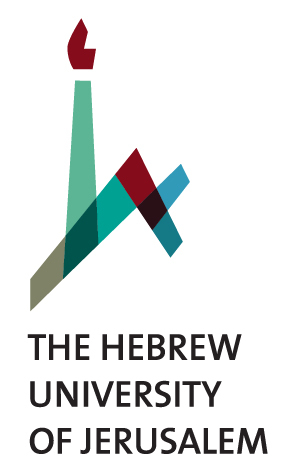Fish

StaffProjects ResearchesSubcollectionsOur partners
The fish collection of the Hebrew University in Jerusalem is the largest and most diverse that this group currently has in the Middle East, and it includes more than 21,500 individuals, most of them from the Mediterranean, the Red Sea and fresh water sources within Israel. It began at the beginning of the 20th century and over the years smaller collections and material collected by research expeditions were added to it. The collection was expanded with details from inland water sources, Africa and North America, as well as marine details from the Indian Ocean and the Pacific Ocean.
Contact info
For general issues, you can contact the director of the collection by email
Regarding visiting, requests for sampling, depositing and borrowing items, information can be found on the Procedures And Forms page.
Our Projects
Red Sea Fish Fauna
This project was in collaboration with Dr. R. Fricke (Germany) and conducted mainly in the Hebrew University Fish Collection. This project created an updated checklist of the Red Sea ichthyofauna and included 1207 species. For each species, the geographical distribution was given and the Lessepsian migrants fish species were indicated. This study led to an additional study comparing the percentage of each distribution pattern of the entire Red Sea to that of the Lessepsian fish migrants, showing that they are very similar, thus suggesting that there is no correlation between wide-range distribution in the source region and success in colonization of the Mediterranean. This project brought about the publication of over 20 new species for science and dozens of new records.
Invasion of Red Sea fishes of The Mediterranean (Lessepsian migration)
The Fish Collection of the Hebrew University has been the center and source of numerous studies of the invasion of the Mediterranean by Red Sea fish species via the Suez Canal, known as Lessepsian migration. This unique phenomenon has been studied from a plethora of aspects, e.g. monitoring, biological and ecological genetics, comparing the source and the invading populations. These studies have yielded several models attempting to predict which characteristics or trait can be correlated to success in colonization. It has been found that life history strategy, genetic variability, feeding habits and wide geographic distribution do not necessarily correlate with success in colonization. However, similarity of the preferred habitat in the Red Sea to that of target invaded habitat may be an important factor in successful colonization and establishing a sustainable population in the Mediterranean.
This project has yielded hundreds of publications, including several books authored by the Fish Collection team with international authors from Europe, North America, Asia, Africa and elsewhere.
Collaboration with Israeli doctors and researchers
Collaboration with Israeli doctors and researchers on poisonings and injuries originating from fish in collaboration with Prof. A. Eisenman from Nahariya Hospital, Prof. Y. Finkelstein and Dr. Y. Avner from "Meir" Hospital in Kfar Saba, Prof. Y. Bentor from "Rambam" Hospital in Haifa and Prof. Y. Asaf from "Hadassah" Hospital in Jerusalem.

